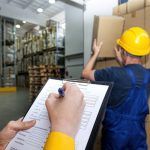
Safety Tips for Working with Compressed Gas
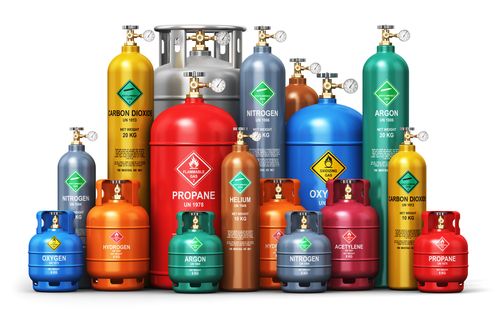
Compressed gas cylinders are a common item in many workplaces, from shops to laboratories and hospitals to restaurants and much more. Many workplaces contain compressed gas cylinders, and many other job sites involve workers using or coming into contact or proximity with compressed gas. As you can imaging, working with compressed gases comes with more than its share of hazards and risk. With some essential awareness and steps to prevention and proper procedures, companies can mitigate these risks and work safely with compressed gases.
The Pressures and Risks of Compressed Gas
Compressed gas consists of three major groups. These are:
• Liquefied Gases (such as anhydrous ammonia, chlorine, propane, nitrous oxide & carbon dioxide)
• Non-liquefied Gases (e.g. oxygen, nitrogen, helium & argon)
• Dissolved Gas (Acetylene is the common one)
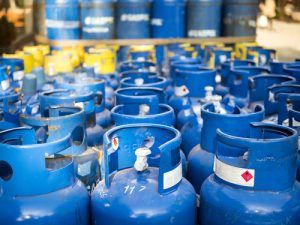 What makes compressed gas hazardous is the pressures inside the cylinders, which can reach extremely high levels. When properly controlled, release of these pressures is a routine and safe event. Leaks and improper release, however, pose significant risk.
What makes compressed gas hazardous is the pressures inside the cylinders, which can reach extremely high levels. When properly controlled, release of these pressures is a routine and safe event. Leaks and improper release, however, pose significant risk.
Compressed gases also have a significant risk of fire and explosion. These come in the form of:
• Flammable Gases
• Oxidizing Gases
• Dangerously Reactive Gas
Compressed gas also carries health risks (due to toxicity); inert gases reducing oxygen levels in the work environment; and risk of corrosion.
Proper Handling & Transportation for Safely Working with Compressed Gas
The biggest risk involved with compressed gas comes in the handling and transportation of cylinders. That’s why it’s crucial for your organization to have clear policies and procedures (and preferably, safety training) in place for handling and transporting compressed gases.
Here’s where attention to detail and proper planning & prevention make all the difference!
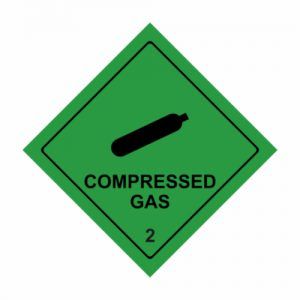 When it comes to cylinders, there are different types of safety devices. These take the form of safety- or pressure-relief valves; rupture discs; and fusible plugs. Different gases require different safety measures on the cylinders. Some gases are toxic that their release through a safety device would be hazardous; cylinders for these gases are built tougher and can withstand more pressure.
When it comes to cylinders, there are different types of safety devices. These take the form of safety- or pressure-relief valves; rupture discs; and fusible plugs. Different gases require different safety measures on the cylinders. Some gases are toxic that their release through a safety device would be hazardous; cylinders for these gases are built tougher and can withstand more pressure.
Are you using Substitution as a method of controlling exposure to compressed gases? According to the Canadian Centre for Occupational Health & Safety (CCOHS), “Substitution can be the best way to avoid or reduce a hazard. But it is not always easy or even possible to find a less hazardous substitute for a particular compressed gas used for a certain job… Choose the least hazardous material and process that can do the job effectively and safely.”
Transportation, as mentioned, is an area that demands close attention. “Always transport cylinders with valve caps or other valve protection in place,” says the CCOHS.
• DO NOT pull cylinders by valve caps, roll them on their sides or drag/slide as this can cause damage
• Never lift cylinders with magnets or chain or wire rope slings
• Transport cylinders on specially built hand carts or trolleys
Proper ventilation is another vital step. Says the CCOHS, “Assess the specific ways your workplace stores, handles, uses and disposes of its compressed gases. An assessment can reveal if existing ventilation controls and other hazard control methods are adequate.”
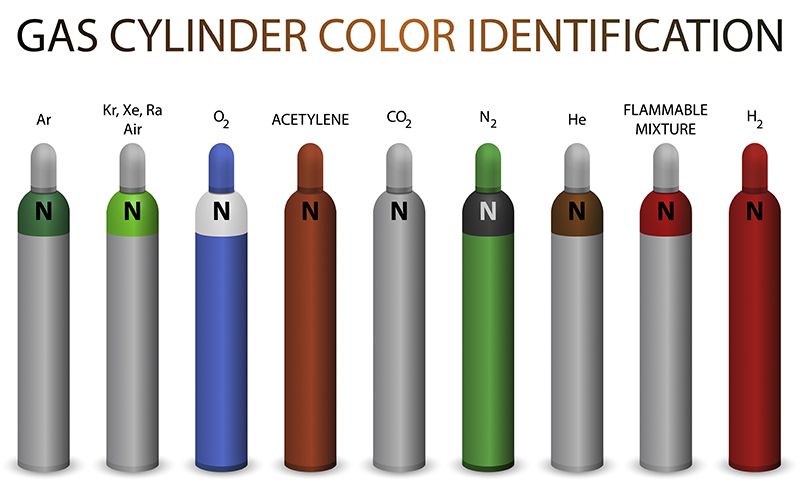 When it comes to proper storage, make sure you are storing compressed gas cylinders in accordance with healthy & safety regulations as well as fire code in your locality & province. Check to be sure of the amounts that you are storing, and that these amounts do not exceed established limits.
When it comes to proper storage, make sure you are storing compressed gas cylinders in accordance with healthy & safety regulations as well as fire code in your locality & province. Check to be sure of the amounts that you are storing, and that these amounts do not exceed established limits.
Receiving cylinders is an important step in the handling of compressed gas cylinders. Inspect every cylinder that is shipped to you, checking for proper labeling and good condition (no damage). Cross-check and double check labels and inventory.
Advanced Consulting & Training Can Help with Prevention & Procedures
At ACT, we excel risk assessment and safety training when it comes to working with compressed gases. In addition to our courses, such as Transportation of Dangerous Goods or WHMIS/GHS programs, we also offer Safety Consulting services that will help your organization lower the risk and increase safety awareness & execution when it comes to working with compressed gases. Contact us today to find out more.

